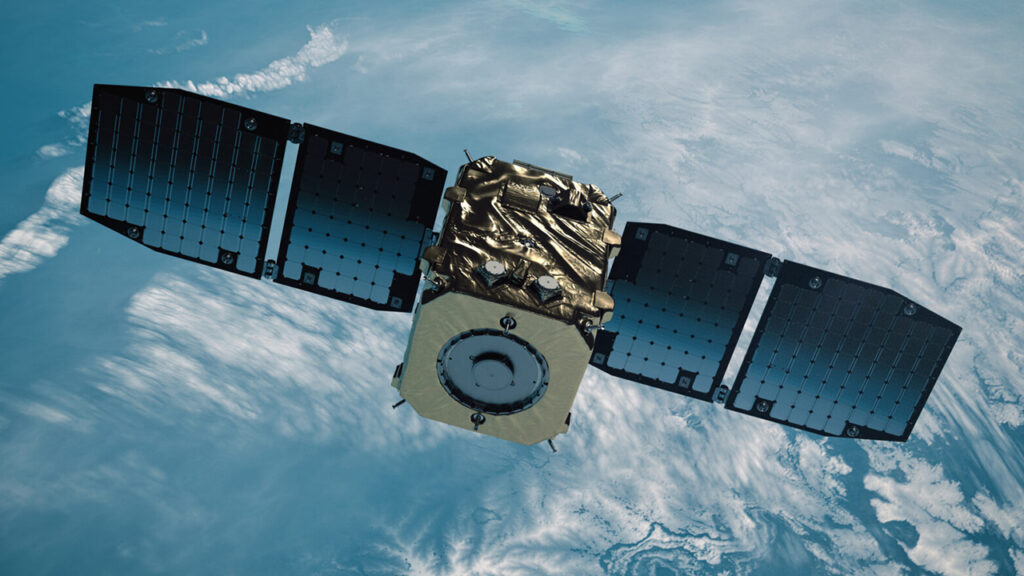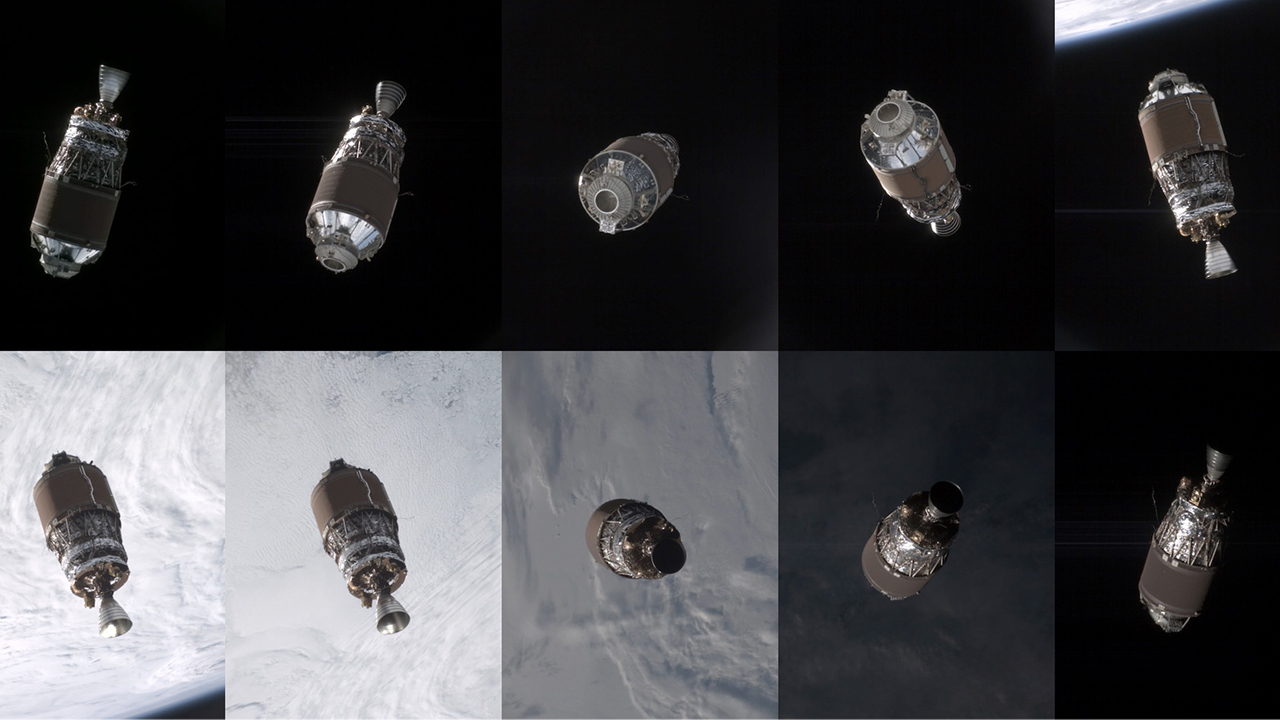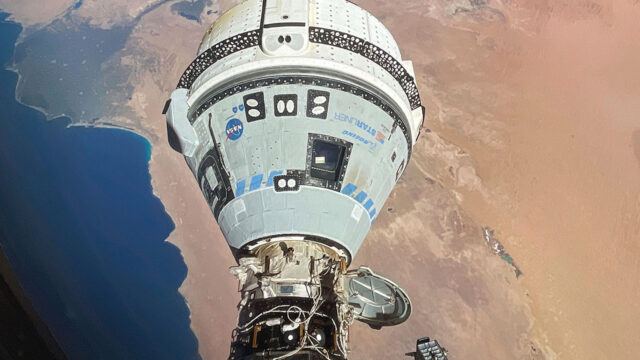Thousands of dead rockets roaming in space have created a garbage dump around our planet. This problem, called space junk, is attracting more and more attention and solutions are being sought. This year, a Japanese company launched the first satellite to go up to a rocket that had been orbiting for years and inspect it. This is seen as an important step towards solving the problem of space junk.
More than 2,000 dead rocket junk in space
In February, the Japanese company Astroscale sent a small satellite into low Earth orbit on a Rocket Lab launcher. It was named ADRAS-J (Active Debris Removal by Astroscale-Japan) and its mission was to inspect a Japanese rocket that had been orbiting uncontrollably for more than 15 years. After several months of tracking, ADRAS-J took the first pictures of the upper stage of the H-IIA rocket. These were the first publicly available images that included a close inspection of the space junk by another spacecraft.

ADRAS-J performed more complex maneuvers around the H-IIA rocket. During these maneuvers, the spacecraft attempted to perform a 360-degree flyby, but automatically aborted after detecting an attitude anomaly. After determining the cause of the problem, engineers then brought the spacecraft back close to the rocket and performed two successful flights.
The dangers of space junk and solutions
Most of the more than 2,000 spent rockets orbiting the Earth are located in low Earth orbit. After completing their missions, these rockets continue to orbit uncontrollably, potentially at risk of crashing into active satellites. According to data from the US Space Command, since 2019, the amount of junk in space has increased by 76% to 44,600 objects. This increase is largely due to events such as anti-satellite tests and occasional explosions.
Astroscale’s mission aims to contribute to the development of technologies to clean up space junk. In partnership with JAXA (Japan Aerospace Exploration Agency), the company is testing technologies to remove large space debris from orbit. These technologies could also be used for satellite maintenance and refueling missions in the future. On its next mission, ADRAS-J2, Astroscale plans to dock with the same upper stage of the H-IIA rocket and guide it back into the atmosphere.
Solving the space junk problem requires the development of new technologies and international cooperation. Astroscale’s ADRAS-J2 mission is seen as an important step forward in this area. After a successful demonstration, the company hopes to receive more contracts from commercial and government operators to remove large space junk from orbit.
Launch companies are also now removing more upper stages from orbit after completing their missions, slowing the rate at which the number of rocket stages being released is increasing.



 Shiftdelete.net
Shiftdelete.net










